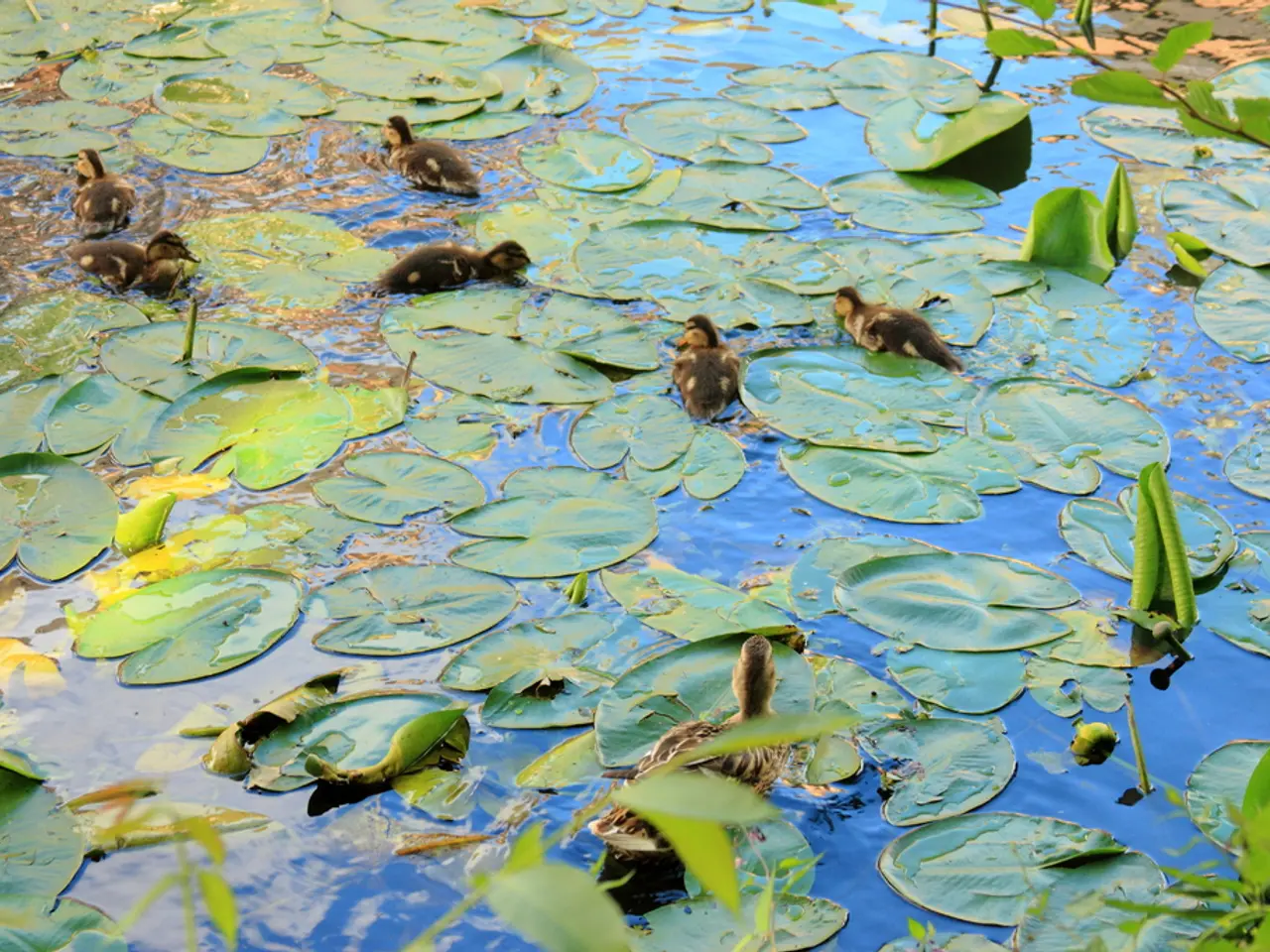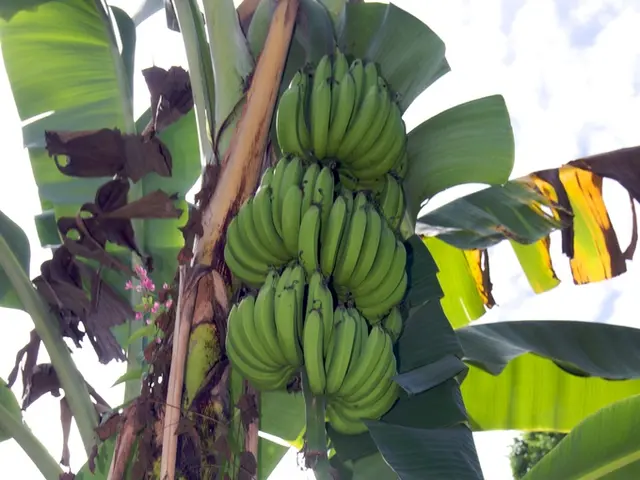Guide for Growing Lotus Seeds: Five Easy Steps to Cultivate Your Own Stunning Pond's Focal Point
In the world of water gardening, few plants are as captivating as lotus. These majestic flowers, steeped in cultural significance and beauty, can be easily cultivated at home with the right guidance. Here's a step-by-step guide to growing lotus plants, based on advice from gardening experts such as Natalie Bauer from "Wildes Gartenherz" and Andrew Connolly, founder of Little Flower Cottage.
- Scarifying Lotus Seeds To prepare lotus seeds for planting, use a flat mill file to scarify them. This process involves filing down the hard outer coating until the cream-coloured interior is visible.
- Soaking and Germination After scarifying, soak the seeds in warm water to kickstart germination. Change the water daily, and place the seeds in a warm, bright location during the soaking process, but avoid direct sunlight to prevent overheating.
- Caring for Seedlings Within a week, lotus seeds will sprout, and any floating seeds are likely not viable and should be discarded. Maintain an ideal temperature for seedlings between 80-90°F using a heat mat if necessary.
- Transplanting Seedlings As the plant grows, gradually move it to deeper parts of the pond. The easiest way to transplant lotus seedlings is by submerging the container in a shallow part of the pond.
- Choosing the Right Soil and Container The ideal soil type for lotus seedlings is dense, low-nutrient, such as aquatic plant soil. Lotus plants grow best in pots with no drainage holes, like terracotta pots.
- Transplanting to a Garden Pond or Water Feature Around a month after planting, lotus seedlings are ready to be transplanted to a garden pond, water feature, or larger container. Keeping the lotus in the container while transplanting helps keep it anchored and stops it from uncontrollably spreading.
- Ideal Growing Conditions Lotus plants grow best across US hardiness zones 4 to 11. They require plenty of sunlight and warmth, ideally above 75°F. The pond water temperature should be around 70°F before transplanting lotus seedlings.
- Maintaining Optimal Temperature To help maintain optimal temperature for germination and growth, consider using a seedling heat mat. Monitor indoor temperatures for lotus seedlings using a room thermometer.
- Cultural Significance Lotus flowers are thought to bring good luck in Feng Shui, alongside other lucky plants. With their striking beauty and profound symbolism, lotus flowers are some of the most impactful water garden plants you can grow in your yard.
- Expert Advice For more detailed advice on growing and caring for lotus plants, consult gardening experts such as Natalie Bauer and Andrew Connolly, who offer valuable insights and tips for a successful lotus cultivation.
Spring is the ideal time to transplant lotus plants outdoors, so start planning your water garden today and enjoy the beauty of these remarkable flowers in your own backyard!






